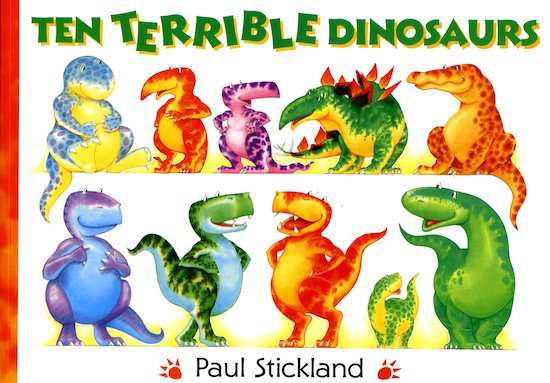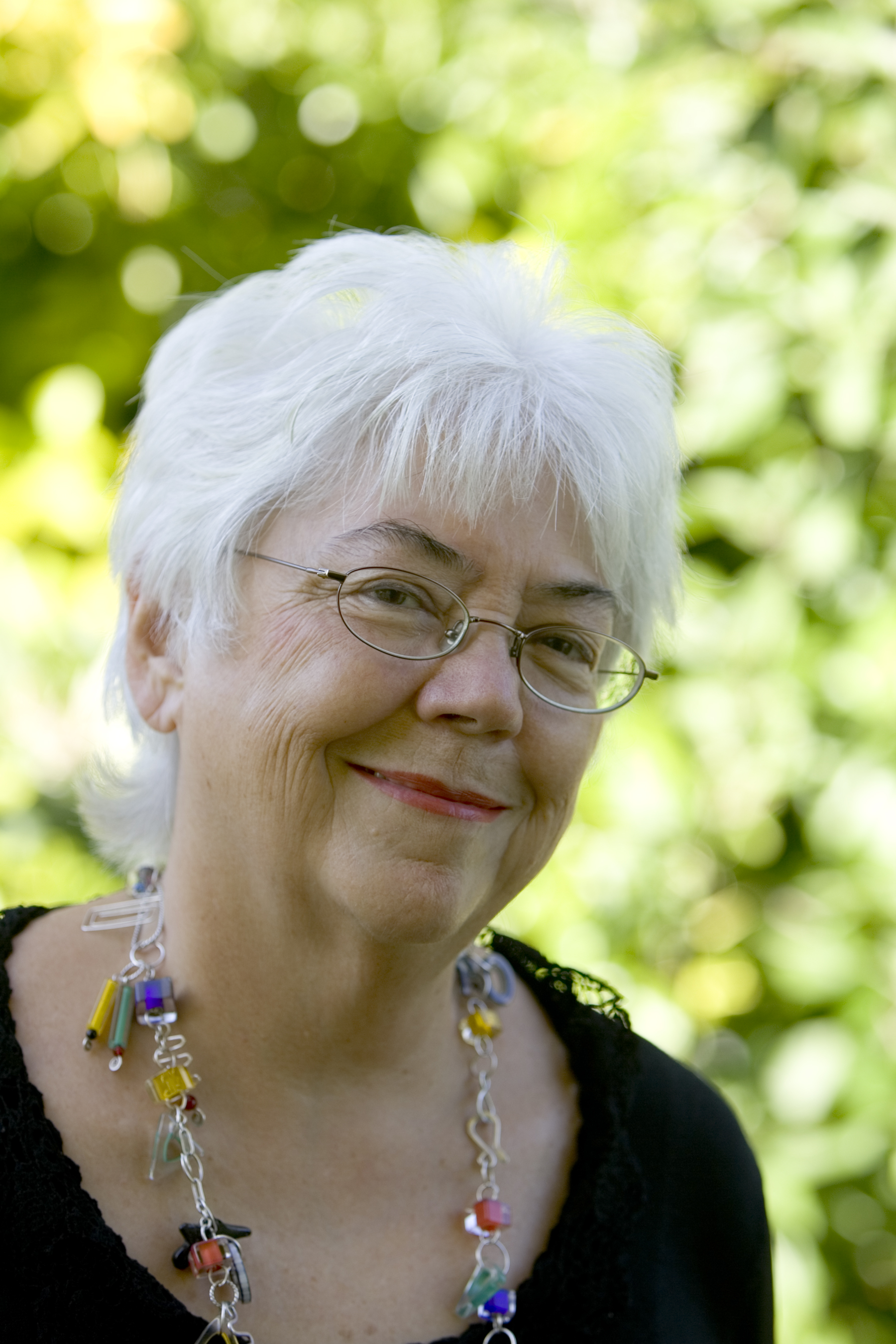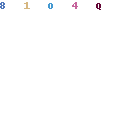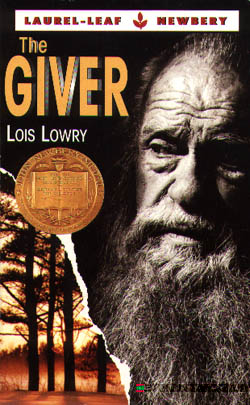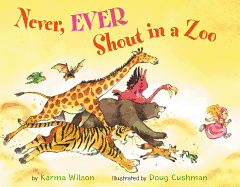Chains
(Atheneum Books for Young Readers-2008)
By: Laurie Halse Anderson
Grade: 5-7
Chains takes place at the beginning of the Revolutionary War. A thirteen year-old girl names Isabel is promised her freedom by her dying owner. Her owner was very compassionate towards her slaves and taught them to read and write. Miss Mary Finch, their previous owner in Rhode Island, had promised their freedom before she died, but she is instead, since there was no written proof, they were sold to a New York couple with her sister. As a result, her nephew inherited her estate and promptly sold Isabel and Ruth to the Locktons. Isabel and Ruth must do all they can do in order to get freedom, even if one of them spies on their owners for British secrets.This is a great book about determination and what it used to take to become free. The lives of these girls will hopefully make students be thankful for the lives they have.
Theme/Skills Taught: African American history, slavery, bravery, freedom/History of the Revolutionary war
About the Author: Laurie Halse Anderson says that no one who knew her as a child thought she would become a successful adult. She stuttered and needed a reading tutor growing up. In college, she avoided English because she hated the way they made her analyze books. She got her sense of story from eavesdropping on grown-ups telling stories. Initially, she worked as a journalist and completed work-for-hire writing projects to gain experience. But, after having children she grew a new love for literature. When Anderson first started writing for children, she had a day job. “I was sneaking in my writing in the morning and at night. Now that I’m a published author who’s had a lot of lucky breaks, I have a day job—designing my website, answering fan mail, speaking at schools and conferences. So I still sneak in my writing in the morning and at night.” She feels fortunate to have had such an impact on children. If she had to predict how her life would have turned out, she would never have predicted her current success. For more information on Laurie
Pre-Reading Activities: A great way to introduce this story is to go over the title, "chains". The cover of the book gives some indication that the book is about slavery. Ask students what they already know about slavery? This is a great time to discuss "touchy" subjects to make sure the students know the facts about slavery. This could be used during a history unit to tie in real facts with this story.
Post Reading Activities:
ELA & Social Studies: During a Revolutionary War unit, have the students create a diary of what goes on in the book, as if they are Isabel, Ruth, or Curzon (another way to summarize). This will be going on while they are reading the book and in each entry students will need to tie in something that accurately occurred in the war.
Science: Research weather patterns and plant types in the region of New York City. Try to figure out what kind of seeds Isabel might have planted throughout the year to keep her garden going.
Math: Find the number of residents and slaves in New York City in 1776. What percentage of people were slaves? Create a graph to represent this information.




